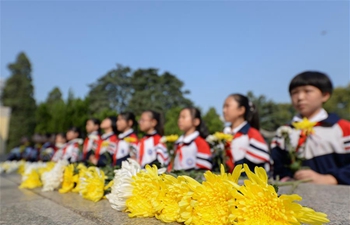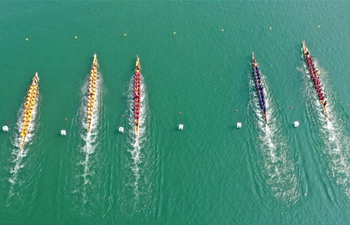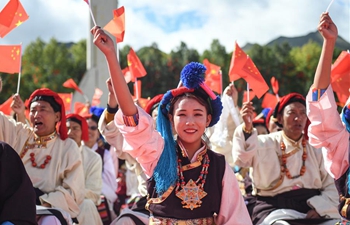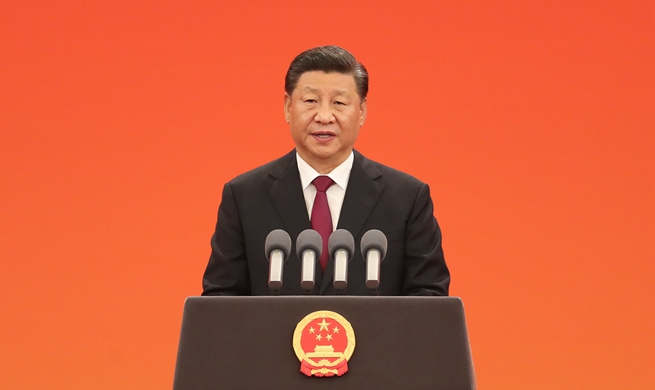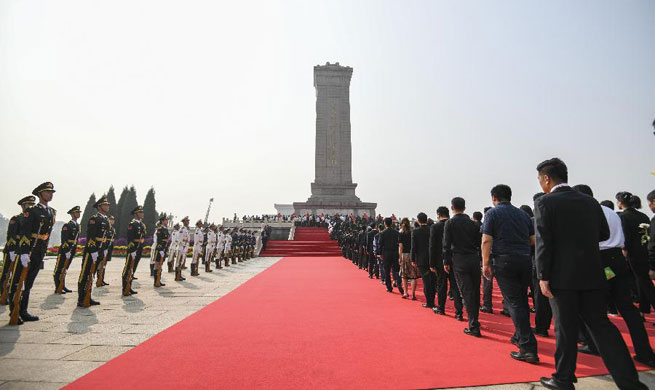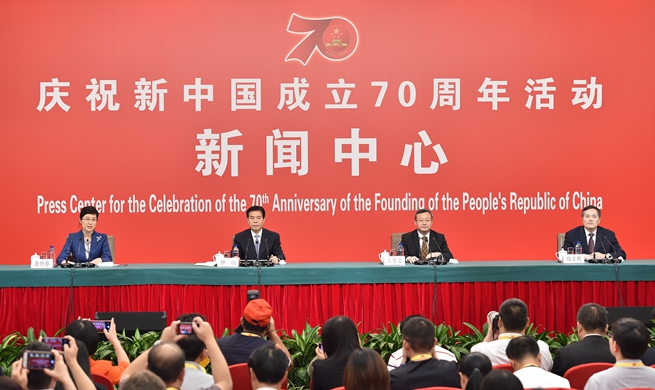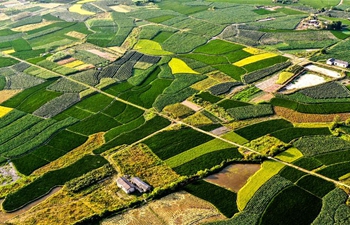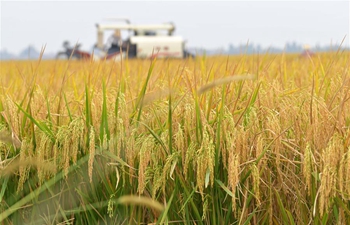MANILA, Sept. 30 (Xinhua) -- The developing countries in the Asia and Pacific region need more concessional assistance, comprised of very low-interest loans and grants, to enhance their chances of achieving their targets under the sustainable development goals (SDGs), ADB's independent evaluation report said on Monday.
"Growing inequality, rapidly accelerating climate crisis, especially in small Pacific atolls, and unrelenting conflict and insecurity in several countries mean there is a risk that poverty gains may be reversed in the medium term, and that there will not be enough progress on climate change mitigation and global peace and security," the report, Relevance and Results of Concessional Finance: Asian Development Fund (ADF) 11 and 12, said.
Without accelerated efforts, the report warned the region is unlikely to meet any of the SDGs by 2030.
The SDGs include ending poverty, ending hunger, ensuring healthy lives, promoting education, gender equality, clean water and sanitation, and climate action.
The report, released by ADB's independent evaluation department (IED), assessed the relevance and results of the use of concessional loans and grants by ADB from 2013 to 2018.
ADB's concessional assistance amounted to nearly 21 billion U.S. dollars over 2013 to 2018, of which 5.8 billion U.S. dollars was provided as grants.
While extreme poverty in the region continues to decline, the report said a large sustainable development agenda remains.
A recent assessment of progress toward the SDGs found that, based on current trajectories, the Asia-Pacific will not achieve any of the 17 SDGs by 2030.
According to that assessment, little progress has been made toward ending hunger, reducing inequalities, building sustainable cities and communities, combating climate change, protecting life below water and life on land, or toward supporting peace, justice and strong institutions.
Further evidence suggests that infrastructure demands remain enormous, with 130 million people lack access to power, 600 million lack access to adequate sanitation, and broadband connectivity is low.
Asia suffers from 70 percent of the world's disasters due to natural hazards, and Pacific island countries, particularly the atolls, are threatened by rising sea levels. East Asia and the Pacific is the epicenter of a double burden of stunting and obesity, both forms of malnutrition.
Fragility and conflict are escalating in some countries, including at the subnational level.
The Asia and Pacific region accounts for one-third of the world's carbon dioxide emissions and hence has a critical role to play in the climate change agenda.
In some areas, SDG trends are reversing, for example, in the provision of clean water and sanitation, ensuring decent work, and supporting responsible consumption and production.
Targets related to the protection of biodiversity all register negative trends.
"As 40 percent of the population of concessional assistance countries is estimated to live just above the extreme poverty line and is therefore economically insecure, poverty gains in the region could very easily and rapidly reverse," says the report.
ADF was established in 1974 as a source of low-interest loans for ADB's poorest member countries financed largely by ADB's non-borrowing members. In 2005, grants were also added making ADF a concessional loan and grant facility.
As a grant-only facility, ADF is now concentrated on a much smaller group of countries which are among the world's poorest and most vulnerable with exceptional development challenges.
The largest of these is Afghanistan while the rest are mainly small Pacific islands.
Established in 1966, the ADB is owned by 68 members and 49 from the Asia-Pacific region.
